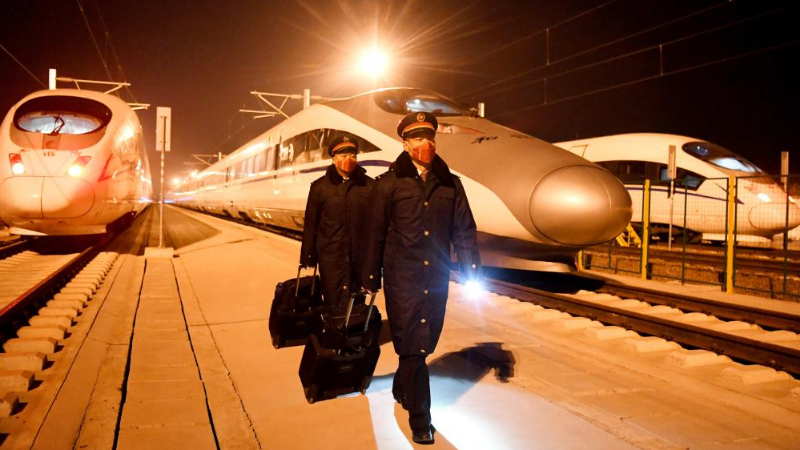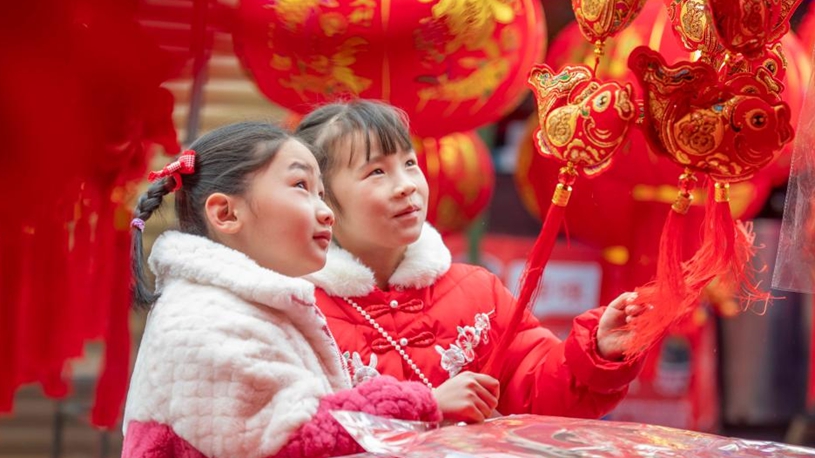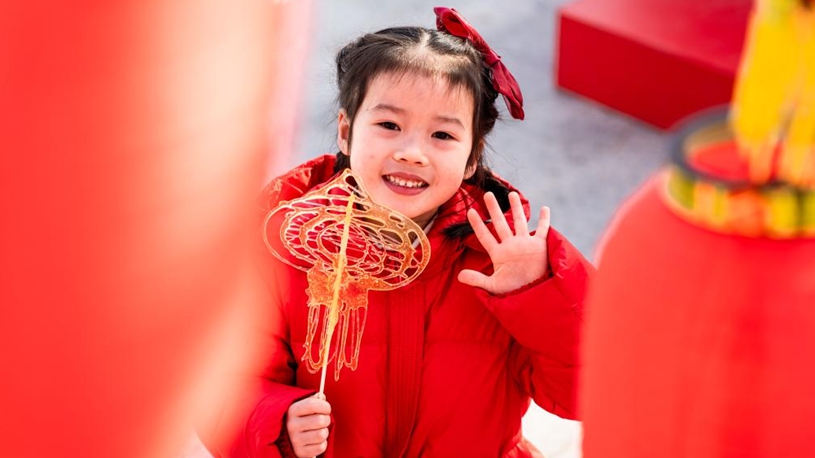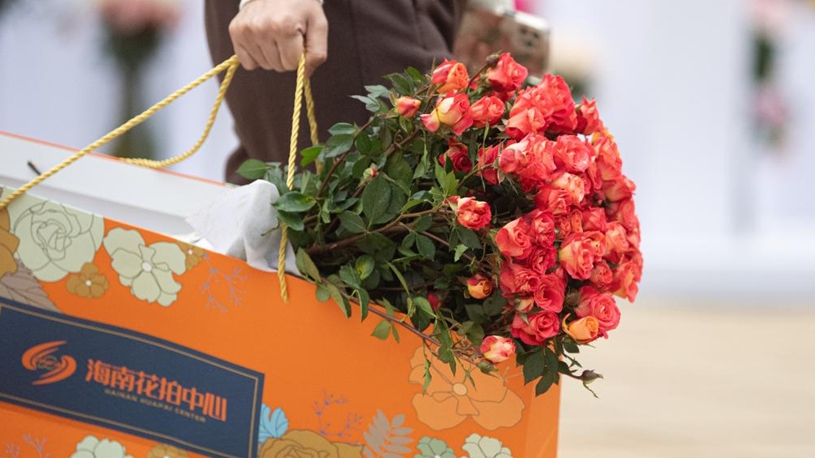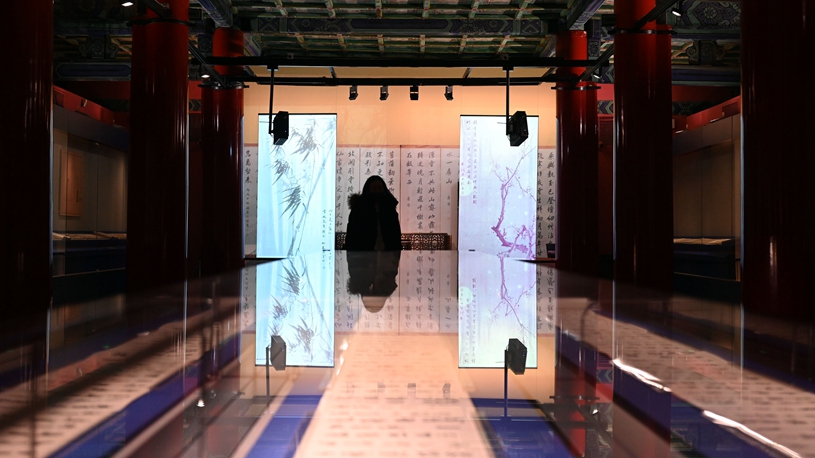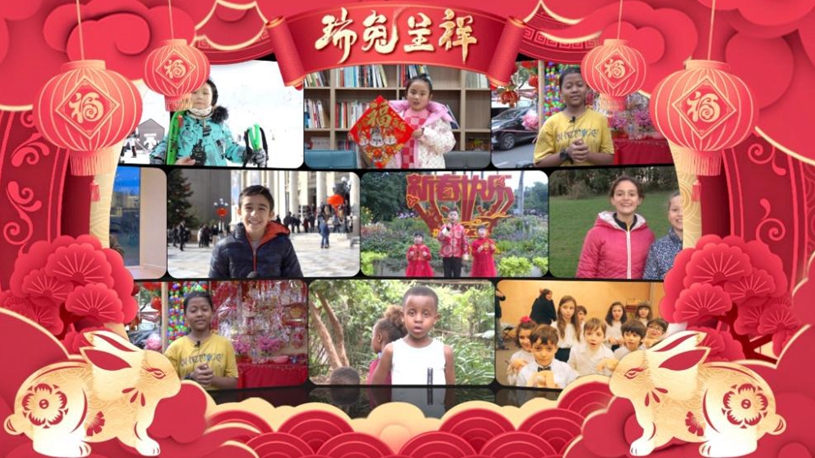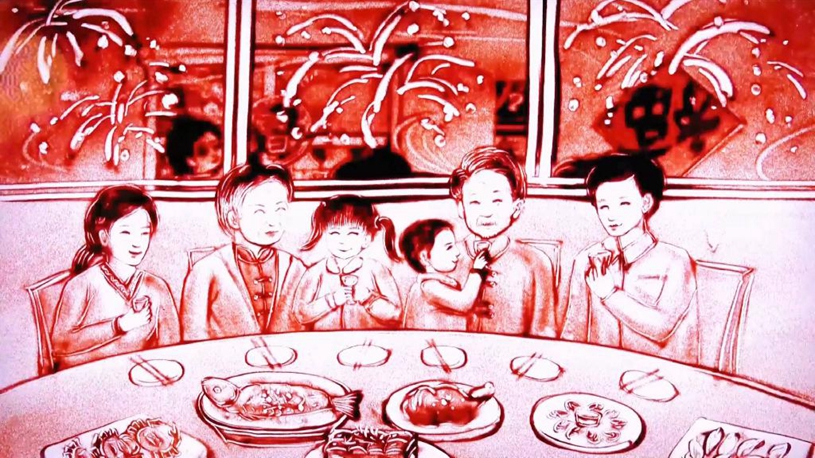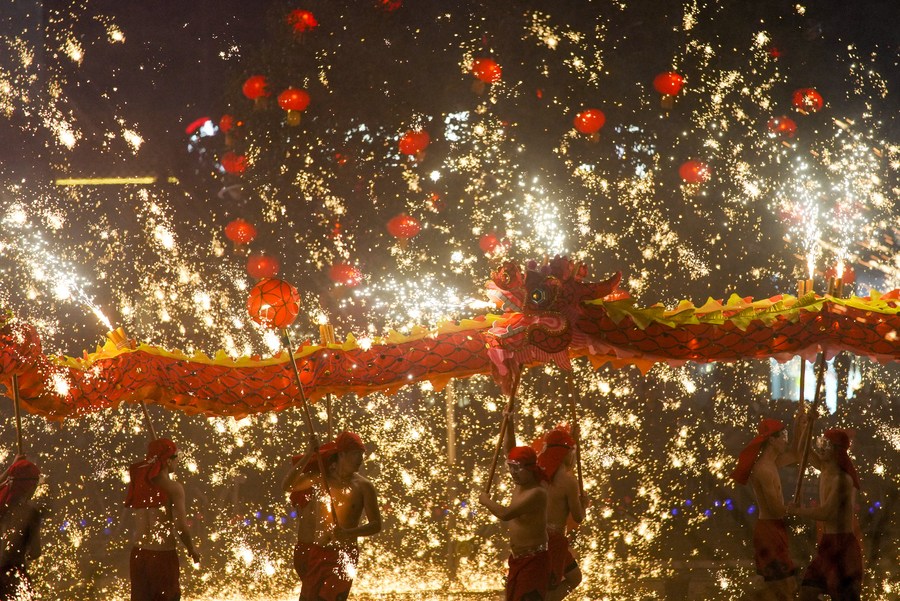
People perform a fire dragon dance in a shower of molten iron sparkling like fireworks to welcome the Spring Festival in Tongliang District of Chongqing, southwest China, Jan. 18, 2023. (Xinhua/Liu Chan)
BEIJING, Jan. 22 (Xinhua) -- Starting from Saturday, the Lunar New Year's Eve or "Chuxi" in Chinese, hundreds of millions of people are celebrating the Spring Festival in China, the grandest holiday for the Chinese.
Festivities, which were curtailed by the COVID-19 epidemic, are back in full force after a downgrade in China's COVID-19 management strategy earlier this month.
The weeklong holiday this year shows that for many life is going back to normal.
On Saturday night, a restaurant in Xingtai City of north China's Hebei Province was filled with pleasant food aromas and laughter, as dozens of families, including Zhao Guoqiang's, enjoyed reunion dinners there.
"I am beyond happy now," said Zhao. For the first time in three years, Zhao's children came home for the Spring Festival and ate out together on Chuxi.
"My son came back from Zhuhai and my daughter came back with her husband and son from Beijing. My 80-year-old mother is perfectly healthy. Tonight, four generations sitting here together makes the food more delicious," said Zhao.
Despite the lingering impact of COVID-19, Zhao's familiy and numerous other households across the country are reviving their lifestyles by celebrating the new year holiday as they did before the epidemic struck.
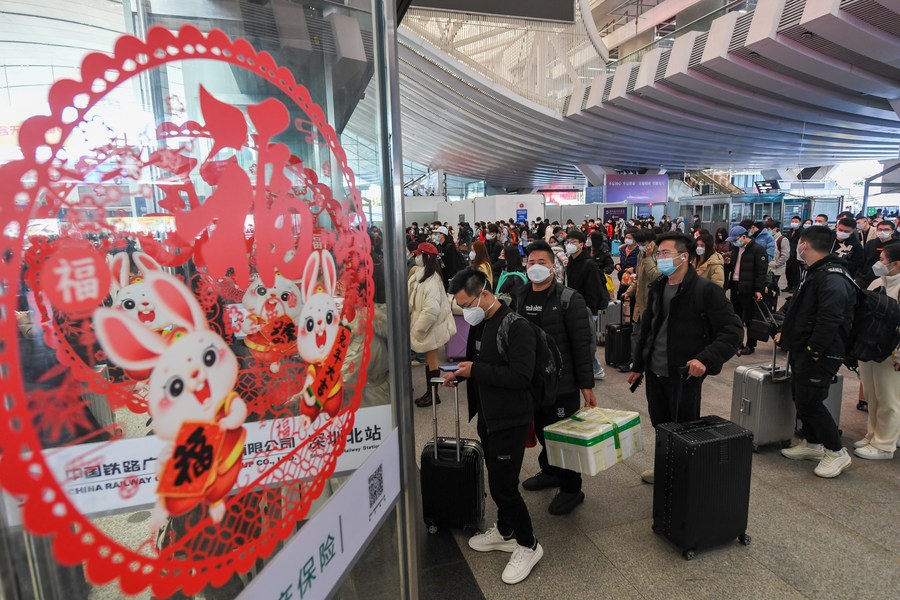
Passengers line up to board trains at Shenzhen North railway station in Shenzhen, south China's Guangdong Province, Jan. 18, 2023. (Xinhua/Mao Siqian)
According to official data, this year's Spring Festival travel rush, also known as "chunyun," should see nearly 2.1 billion trips, almost double the figure for the same period in 2022.
Over half of all travelers are hopping on vehicles, trains and planes for family gatherings, while many others are heading for domestic and world tourist destinations, after staying close to home over the past three years.
In Urumqi, capital city of the Xinjiang Uygur Autonomous Region, Baiyun Ski Resort is welcoming people, wearing ski goggles and holding ski poles, from across the country during the holiday season.
The resort has seen a surge in tourists this month, said Fan Lanlan, deputy manager of the resort. Fan's observation was backed by Zhou Cheng, the owner of a lodge located 10 kilometers away from the resort. "We are fully booked until the end of the holiday. It is a really busy festival for us," said Zhou.
In the southwestern part of China, Dali City of Yunnan Province, one of the most popular destinations for tourists, is also witnessing an influx of travelers. Statistics from Dali railway station reveal a rise of 47 percent in trips to Dali during this year's chunyun compared with the same period in 2019.
Liu Yuting, who has been running a lodge in Dali Old Town for ten years, is delighted to see crowds coming back to the once quiet streets, re-injecting vitality into the town. "Now we are out of rooms during the holiday."
Data from online travel agency Trip.com Group shows that, on the first day of the seven-day holiday, ticket reservations for tourist spots nationwide had registered a year-on-year increase of 76 percent. ■

